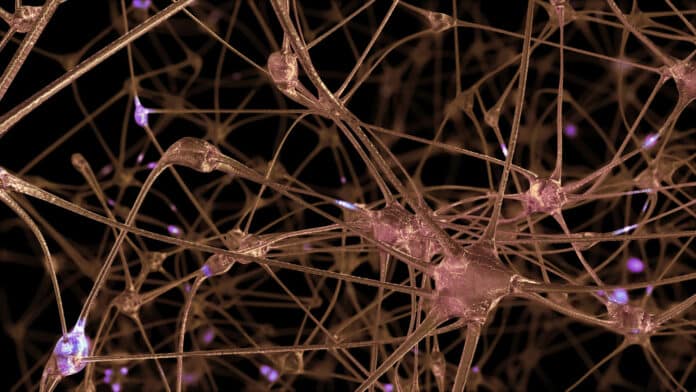Researchers at the University of Michigan, colleagues from the Weizmann Institute of Science, and the University of Pennsylvania have created the first stem cell culture model that resembles all three sections of the embryonic brain and spinal cord. This study could help to understand developmental brain diseases better.
Jianping Fu, U-M professor of mechanical engineering and corresponding author of the study in Nature, said, “Models like this will open doors for fundamental research to understand the early development of the human central nervous system and how it could go wrong in different disorders.”
The system is a 3D human organoid, where stem cell cultures form essential features of human organ systems but not exact replicas. Guo-Li Ming and Hongjun Song, neuroscience professors at UPenn, developed protocols for growing and guiding the cells. They study how the human brain develops, why brain-related diseases occur, and how to treat them effectively.
When organoids are taken from patients’ stem cells, it can help identify which drugs work best for treatment. While human brain and spinal cord organoids are already used to study neurological and neuropsychiatric diseases, they typically represent only one part of the central nervous system and lack organization. In contrast, the new model mirrors the development of all three sections of the embryonic brain and spinal cord simultaneously, a significant advancement over previous models.
Orly Reiner, a professor at Weizmann and co-author of the study, describes the system as groundbreaking. It’s the first model to resemble this level of structure and organization, offering new opportunities to study human brain development and developmental brain diseases.
The model resembles an elongated ear syringe, with the bulbous end representing the brain-like structure and the nozzle representing the spinal cord-like structure. Diagrams show its development over time, starting with stem cells forming a tubular structure similar to the neural tube in human embryos. Chemical gradients guide the patterning process.
Though the model is helpful in many aspects of early brain and spinal cord development, some differences exist. For example, neural tube formation differs in the earliest central nervous system development stage. As a result, the model can’t simulate disorders like spina bifida caused by improper neural tube closure.
Instead of starting with a typical neural tube structure, the model begins with a row of stem cells similar in size to a neural tube in a 4-week-old embryo—about 4 millimeters long and 0.2 millimeters wide. The team placed these cells on a chip with tiny channels and introduced materials to help them grow and form a central nervous system.
They then added a gel for three-dimensional growth and chemical signals to prompt the cells to become neural cell precursors. This led to the formation of a tubular structure.
Additional chemical signals helped the cells identify their location within the network and develop into specialized cell types. As a result, the system organized itself to resemble the forebrain, midbrain, hindbrain, and spinal cord, mimicking embryonic development.
Xufeng Xue, the study’s first author and a postdoctoral fellow in mechanical engineering at U-M, said, “As an engineer, the challenging part is to learn neural development and stem cell biology. It was a team effort to make this happen, with amazing collaborators at UPenn and Weizmann.”
The team grew the cells for 40 days, resembling central nervous system development up to about 11 weeks post-fertilization. During this time, they studied how specific genes affect spinal cord development and how different early human nervous system cell types become specialized.
Animal models often don’t fully replicate human brain diseases like microcephaly, making human cell models crucial for understanding these conditions and developing treatments.
The researchers plan to use the model to study various human brain diseases using stem cells from patients.
They aim to explore how different parts of the brain interact during development and how the brain controls movement through the spinal cord, which could offer insights into conditions like paralysis.
Research groups need to justify the level of development in their models and ensure it’s necessary to answer their scientific questions, according to bioethicist Insoo Hyun. However, the model doesn’t include peripheral nerves or functioning neural circuits, which humans need to sense and process their environment.
Journal reference:
- Xue, X., Kim, Y.S., Ponce-Arias, AI. et al. A Patterned Human Neural Tube Model Using Microfluidic Gradients. Nature. DOI: 10.1038/s41586-024-07204-7.
